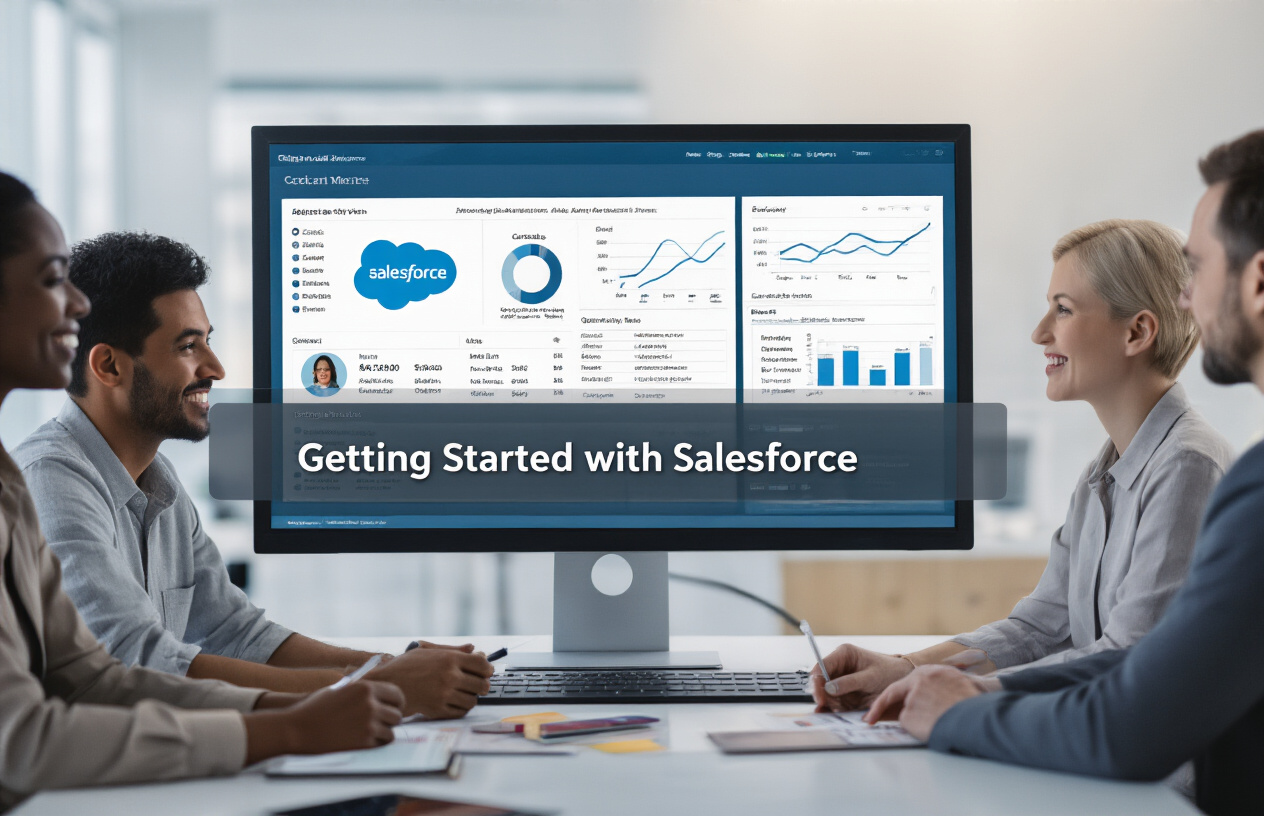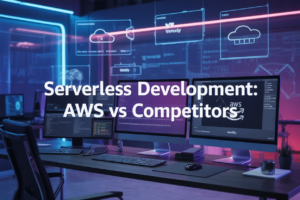You’re staring at 350,000 customer records in spreadsheets while your boss asks when they’ll be in Salesforce. Sound familiar? For many organizations, data migration feels like trying to pour the ocean through a straw.
Let’s cut through the complexity. This guide will walk you through proven data migration strategies that prevent the common nightmares—duplicate records, lost information, and frustrated users.
Successful Salesforce data migration isn’t just about moving information from point A to point B. It’s about transforming your messy, real-world data into clean, structured assets that power your business forward.
The difference between a smooth transition and a costly disaster often comes down to five critical steps most companies skip. And the first one might surprise you…
Understanding Salesforce Data Migration Fundamentals
Key components of successful Salesforce migrations
Ever tried moving your entire house without breaking a dish? That’s what good Salesforce migrations feel like. The secret sauce? Clean data, detailed mapping documents, robust validation testing, and user training. Don’t forget proper backup protocols and a solid governance framework. Mix in some executive buy-in and you’re golden.
Common challenges and how to avoid them
Data quality issues will haunt you if ignored. That duplicate contact list? It’ll multiply like rabbits in your new system. Tackle inconsistent formats, missing fields, and duplicate records before migration. Plan for field mapping complexities, API limitations, and integration hiccups. Trust me, a test migration saves more headaches than aspirin ever could.
Setting realistic timelines and expectations
Rushing a Salesforce migration is like speed-dating – exciting but rarely successful. Most projects take 3-6 months minimum. Build buffers for unexpected issues. Break the process into phases: planning (2-4 weeks), data prep (3-6 weeks), migration testing (2-4 weeks), and cutover (1-2 weeks). Communicate these timelines clearly to stakeholders.
Building the right migration team
Your dream team needs both tech wizards and business gurus. Include a project manager, Salesforce admin, data analyst, system architect, and key business stakeholders. Don’t skimp on executive sponsors – they’ll clear roadblocks faster than a snowplow in December. Consider bringing in specialized consultants for complex migrations where internal expertise falls short.
Pre-Migration Planning Strategies
A. Conducting a comprehensive data audit
Ever tried fitting a square peg in a round hole? That’s what migrating messy data feels like. Audit your data first – identify duplicates, outdated records, and inconsistencies. Map out where everything lives now and check data quality. This groundwork saves massive headaches later when you’re knee-deep in the migration process.
Data Cleansing and Preparation Techniques
Data Cleansing and Preparation Techniques
A. Identifying and resolving data quality issues
Garbage in, garbage out. It’s the cold truth of any Salesforce migration. Before moving a single record, scan for incomplete fields, outdated information, and formatting inconsistencies. Run data quality reports to catch issues now—not after they’ve infected your shiny new Salesforce instance and created headaches for everyone.
Selecting the Right Migration Tools
Native Salesforce Data Loader Capabilities
Choosing the right tool for your Salesforce migration can make or break your project. Salesforce’s built-in Data Loader is perfect for smaller migrations (up to 5 million records) and handles both imports and exports through a simple point-and-click interface. It supports CSV files and offers both wizard and batch modes for different needs.
Third-party Migration Solutions Comparison
Third-party tools often outshine native options when complexity increases. Jitterbit, Informatica, and Talend offer robust features like advanced field mapping, real-time syncing, and better error handling. The price difference is justified when you’re dealing with enterprise-level data or need ongoing integration beyond migration.
Custom API Integration Options
Sometimes off-the-shelf just won’t cut it. Custom API integrations shine when you have unique data structures or need specialized transformation logic. Using Salesforce’s REST or SOAP APIs gives you precise control, though it requires development expertise. This approach works best for ongoing connections with legacy systems.
When to Use ETL Tools vs. Manual Approaches
The manual approach works for under 1,000 records – just use Data Import Wizard and call it a day. For anything larger, ETL (Extract, Transform, Load) tools become essential. The decision boils down to volume, complexity, and frequency. One-time migrations differ from recurring integration needs in tool selection.
Migration Execution Best Practices
Implementing a phased migration approach
Don’t dump everything into Salesforce at once. That’s a recipe for disaster. Break your migration into logical chunks – maybe start with accounts, then contacts, then opportunities. Each phase gives you a chance to validate, adjust, and breathe before moving to the next. Your team will thank you.
Testing strategies that prevent major issues
Create a sandbox battleground before touching production. Test with real-world data scenarios, not just the happy path stuff. Involve actual users who’ll scream if something looks off. They’ll catch things your technical team won’t. Run test migrations repeatedly until boring.
Validation techniques to ensure data integrity
Numbers don’t lie, but migrations sure can mess them up. Compare record counts before and after. Check totals on critical fields like opportunity amounts. Use VLOOKUP in Excel to spot mismatches. And please, have actual humans look at random samples. Automated checks miss the weird stuff.
Managing dependencies between different data sets
Account hierarchy before contacts. Products before price books. Opportunities before opportunity line items. The order matters more than you think. Map these dependencies out visually before starting. When something fails, you’ll know exactly which domino knocked everything else down.
Performance optimization during large migrations
Batch sizes matter. Too small: takes forever. Too large: crashes spectacularly. Start with 200 records per batch and adjust based on performance. Schedule big migrations during off-hours. And disable automation temporarily—triggers and workflows can turn a 2-hour migration into an overnight nightmare.
Post-Migration Validation and Optimization
Post-Migration Validation and Optimization
A. Data accuracy verification methods
Don’t skip this crucial step. After migration, run comparison reports between your old system and Salesforce. Look for record counts, field value matches, and relationship integrity. Smart teams use both automated validation tools and manual spot-checking of critical records. Trust me, finding issues now beats explaining data problems to executives later.
Training and Change Management
Training and Change Management
A. Preparing users for the new Salesforce environment
Ever notice how people freak out when systems change? That’s normal. Start prepping your team early by communicating benefits directly tied to their daily headaches. Show them exactly how Salesforce will make their jobs easier, not harder. Don’t just tell them it’s better—prove it with relevant examples.
Successful data migration to Salesforce requires meticulous planning and execution. From understanding the fundamentals to implementing proper validation techniques, each step plays a crucial role in ensuring your transition happens without disruption to your business operations. Data cleansing, selecting appropriate migration tools, and following established best practices form the foundation of a successful migration project.
Beyond the technical aspects, remember that people are at the heart of any system change. Investing in comprehensive training and thoughtful change management strategies will maximize user adoption and help your team leverage the full power of Salesforce. Take the time to validate your migrated data and optimize your new system to create a solid foundation for your organization’s continued growth and success with the Salesforce platform.
















